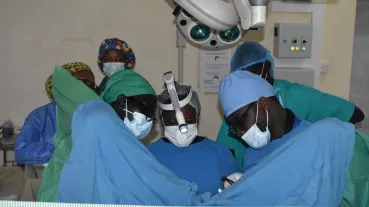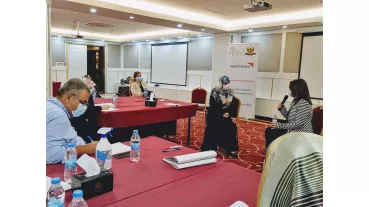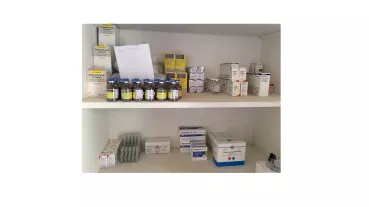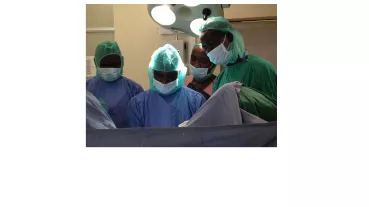Training and further education in ultrasound diagnostics for maternity & medical centre including new ultrasound devices
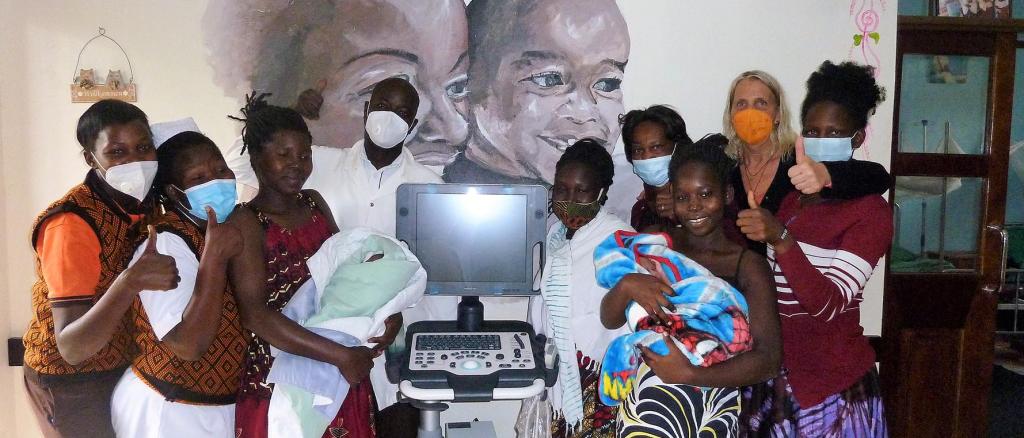
Situation:
Affected by outbreaks of cholera, yellow fever and malaria, Uganda remains one of the world's HIV hotspots. The infection rate is around 10% of the population, with the Lake Victoria Islands and northern Uganda with its town of Gulu being the worst affected. About 20% of Uganda’s children are AIDS orphans. Uganda has the youngest population with an average age of 15.3 years. It is growing rapidly at 3.22% per year. Around 2 million girls under the age of 15 have a child every year. Unfortunately, as high as Uganda ranks in the list of countries with the youngest population in the world, Uganda also ranks high in the list of countries with the highest infant mortality rate. The reasons for this are numerous and one of them is under- or malnutrition.
The health systems are ailing. Even in regions where there have been encouraging improvements in this regard, the coronavirus is currently undoing much. In the last few weeks, the corona infection rate has increased by 17%. Most people are infected with the highly contagious Delta/Omicron variants of the virus. In this context, 1 hour of artificial respiration costs the equivalent of €250. There are also massive setbacks in the vaccination programs and in the prevention and treatment of HIV (see also ‘Deutsches Ärzteblatt’ from August 31, 2020). Despite the corona pandemic, we continue our efforts in medical care and sustainable help on site.
Objectives:
With our project we are on the outskirts of the city of Gulu bordering the bushland. Our target group are people from the outskirts of the urban periphery, but mainly from the bush country. In the past year 2020, around 12,000 patients were treated in the existing medical ward and around 3,000 women were cared for in the affiliated maternity ward in the areas of prevention, childbirth, aftercare and family planning. These patients are people from the poorest sections of the population, without a permanent job, with no or no regular income, who cannot afford medical care. In 2016 we treated over 10.000 patients per year for the first time. Since then, the number has continued to rise, surpassing the 12.000 mark in medicine and childbirth last year. The high level of acceptance is not least due to the good medical work that is very important to us. Our employees and we are proud to have achieved 3rd place among 12 class 2 medical stations in the current government ranking.
Quality is important to us, not only in the medical care of patients, but also in the training and further education of our employees. In order to be able to maintain the level of quality and also to meet the increased requirements in the future, it is imperative that we invest in training and further education. Qualification measures are accepted by our employees with motivation and are seen as a privilege.
Project content of further training measures and ultrasound devices:
- Certified advanced training measures with a final exam, require the successful passing of the exam
- More differentiated and qualified medical assessment. Spot check by District Health Team
- Increasing patient numbers due to expanded diagnostics.
Time off for employees for the period of further training
- Continued payment of wages for the period of further training
- Substitute settings for the period of further training
- Coverage of accommodation, meals and travel expenses
We made a conscious decision not to hand over our projects to local partners, but to run them ourselves. Instead, and this is also what we mean by sustainable development aid, we only hire local employees and also work together with local partners for this reason.
In countries like Uganda, medical care is often inadequate. There is no functioning health system. People need help. Last but not least, development aid also helps to reduce emigration from these home countries to Europe.
In addition to curative work, medical development aid must now also cover the areas of prevention, public health and management.
It is our goal and our guiding principle "help for self-help" to improve medical care in the long term and sustainably.
The innovation of the project can be seen in the fact that our employees, who are supported by the training and further education measures, can develop new personal development perspectives. After the trauma caused by the 20-year civil war, this creates new hope and trust in a permanently secure job and a home.
Here you can find further information.
